The HSE’s focus on respiratory risks
HSE targets the Construction sector – what you need to know
During the month of October 2020, the Health & Safety Executive will be carrying out a construction health initiative focusing on respiratory risks across the sector.
This is the fourth time the HSE has carried out a health-focused inspection across the construction sector and this time it will, inevitably, include checking to make sure that businesses are taking measures to make the workplace Covid-secure. This is not, however, a one off campaign but part of a strategic plan to improve health overall within the construction industry.
The biggest risk to construction workers, after asbestos, is silicosis which is a form of occupational lung disease caused by inhalation of crystalline silica dust. Silica is a substance naturally found in certain types of stone, rock, sand and clay and therefore working with these materials can create a very fine dust that can be easily inhaled.
The HSE estimates that over 500 construction workers die from exposure to silica dust each year so it’s important that workers and employers understand the risks, plan their work and use the right controls, and this is what the HSE inspectors will be looking for during their investigations.
Wearing masks is an obvious way of helping to minimise the risk of inhaling dangerous substances and the use of water or extraction fans can stop the dust from getting into the air in the first place.
It is essential that SMAS Worksafe members review their current polices to ensure that they are compliant with the regulations and that employees are able to explain their understanding of the risks and demonstrate what procedures are in place to prevent exposure at source or, where this is not possible, to reduce the risk of harm to as low as is reasonably practicable.
Our Insurance partner, Premierline Business Insurance Broker, has recently produced an article which provides tips to help keep your team safe from the long-term and short-term effects of not using respiratory safety to protect from dust, fog, smoke, gases and other airborne particles that can cause damage. Read more here:
